CES 2018: Five trends to watch – and new Windows 10 devices that power them
It’s exciting to kick off the new year with our incredible partners at CES, the world’s gathering place for people who love consumer technology. As I walked the floor and met with our partners, it’s been amazing to see the amount of innovation in the Windows ecosystem and the trends that will unlock creativity and empower a new culture of work in 2018 and beyond.
In line with our mission to empower every person and organization to achieve more, creators, students, and gamers continue to inspire us. Over the course of this week, we showcased new devices and experiences in five key areas:
1. Beautiful devices ranging from premium to affordable to fit every lifestyle
PCs are increasingly a lifestyle statement. People want beautiful and powerful devices that fit their style. Surface Laptop is a great example. It packs performance, versatility, and over 14 hours of battery life into a sleek design. Starting at $999, Surface Laptop is available in four colors to fit your style.

At CES this week, our partners announced incredible new devices ranging from premium to affordable. We believe affordability should not come at the cost of elegant design and access to innovation – and no ecosystem offers more choice than Windows.
Examples of new Windows 10 PCs unveiled at CES this week include:
Acer Swift 7
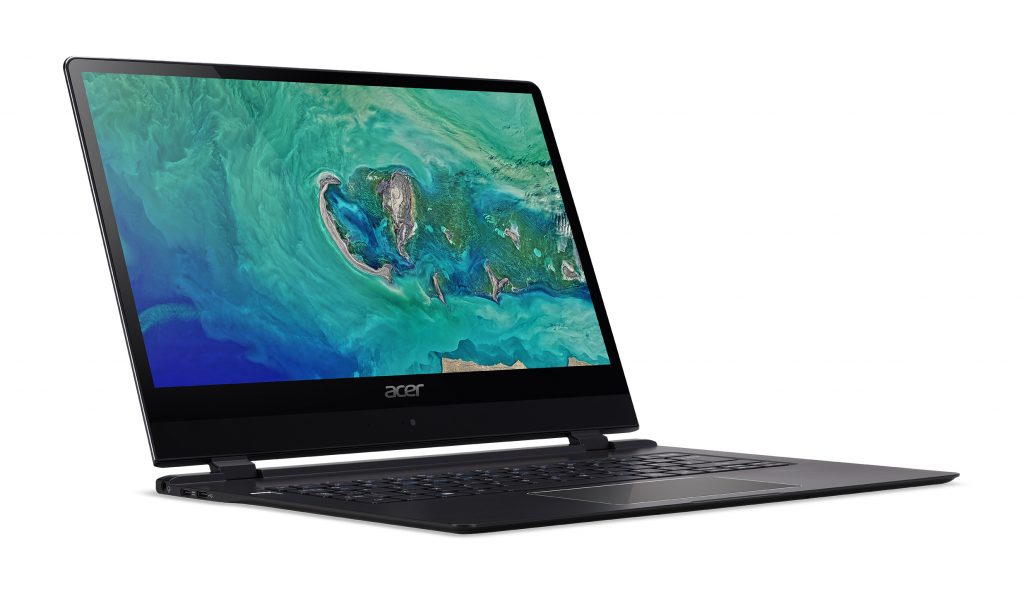
- At just 8.98 mm thin, the new Acer Swift 7 is designed for mobility, with an ultraportable design, all-day battery life, and a personal, trusted 4G LTE connection. The Acer Swift 7 also comes with a built-in fingerprint reader to unlock Windows Hello. The Acer Swift 7 starts at $1,699.
ASUS Zenbook 13
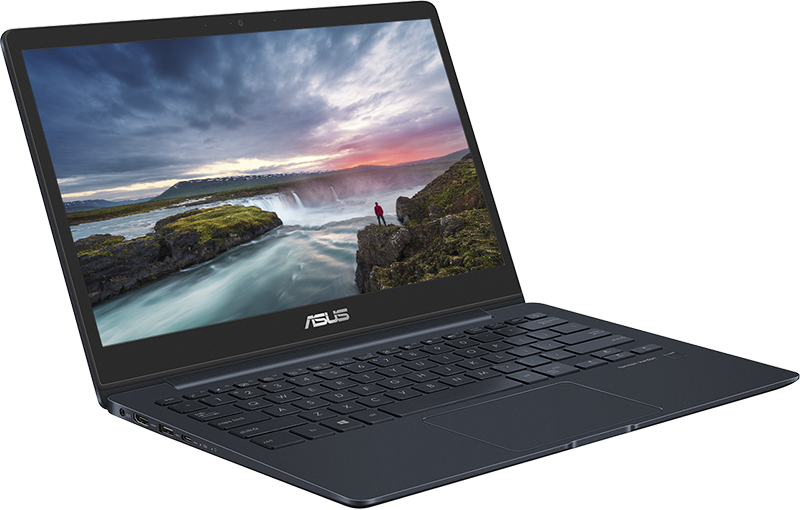
- The ASUS Zenbook 13 UX331UAL features a feather-light 985g all-metal chassis and all-day 15 hour of battery life for $999.
Dell XPS 15

- The Dell XPS 15 2-in-1 offers an eye-catching next-generation InfinityEdge 4K Ultra HD display with vivid color and cinematic immersion in a slim 16mm design. It’s built with the new 8th Generation Intel Core processor combining a high-performance Intel CPU and discrete Radeon RX Vega M graphics in a single package. It’s also built with far-field microphone capabilities that let you talk to Cortana even when you’re across the room from the PC. The XPS 15 2-in-1 starts at $1,299.99.
HP Spectre x360 15″

- The HP Spectre x360 15″ is a great device with a starting price of $1,369 that will offer a beautiful convertible design, 4K screen, fast performance with 8th Generation Intel Core i7 processor or quad-core 8th Generation Intel Core processors and powerful graphics that allow you to effortlessly create, edit, and stream content while delivering up to 13.5 hours of battery life.
Lenovo ThinkPad L580 series
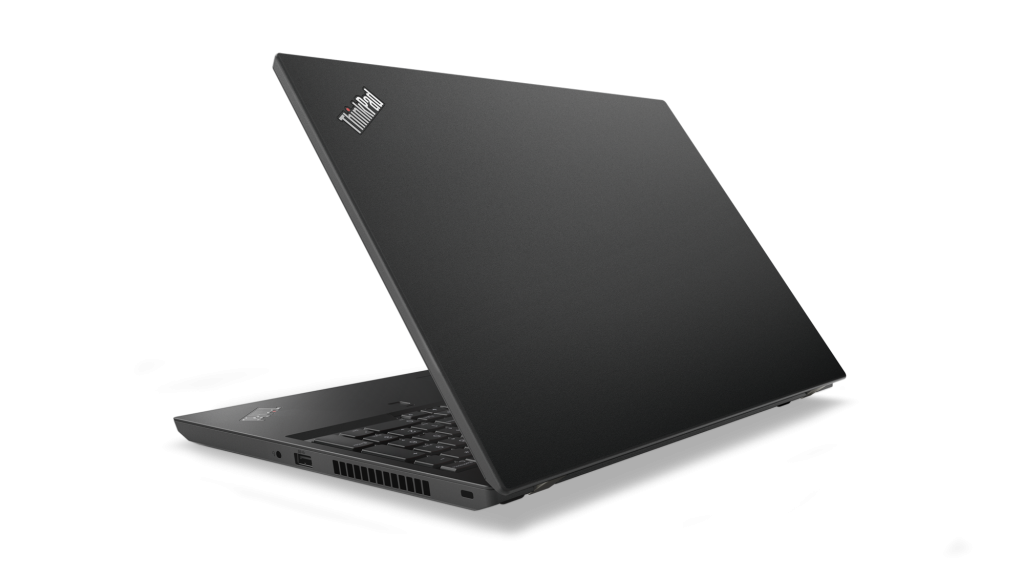
- The Lenovo ThinkPad L580 series include 8th Generation Intel Core processors and optional discrete AMD graphics in a thin and light form factor. The Lenovo ThinkPad L series ranges from $449 – $779.
Samsung Notebook 7 Spin (2018)

- The Samsung Notebook 7 Spin (2018) has a 360-degree rotating touch screen, is Active-Pen enabled for Windows Ink (Pen sold separately) and offers secure fingerprint login with Windows Hello. Samsung will share pricing and availability of this device in Q1.
2. A new category of Always Connected PCs with up to 20 days of standby power
In December, along with our hardware partners HP and ASUS, we showed the world the first full-featured Always Connected PCs on the Qualcomm Snapdragon chipset running Windows 10. These Qualcomm-powered devices deliver instantly on, always-connected experiences that seamlessly switch between LTE and WiFi connections and up to 20 days of standby power. Also in December, we started shipping Surface Pro with LTE Advanced to business customers. Surface Pro with LTE Advanced provides seamless connectivity with unmatched versatility and performance.

This week at CES, Lenovo announced the Miix 630, a 2-in-1 detachable that gives you the power and productivity of a laptop with the always-on, always-connected mobility of a smartphone. It offers up to 20 hours of battery life in a thin and light fan-less design and supports Windows Hello with a built-in infrared camera.
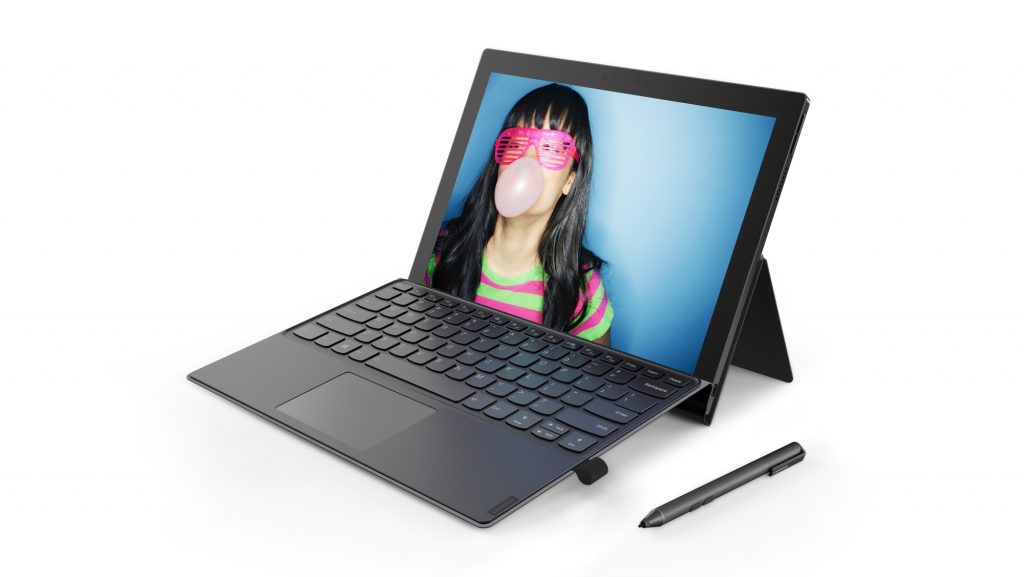
HP also announced their Always Connected PC running on Intel chips: the HP ENVY x2.
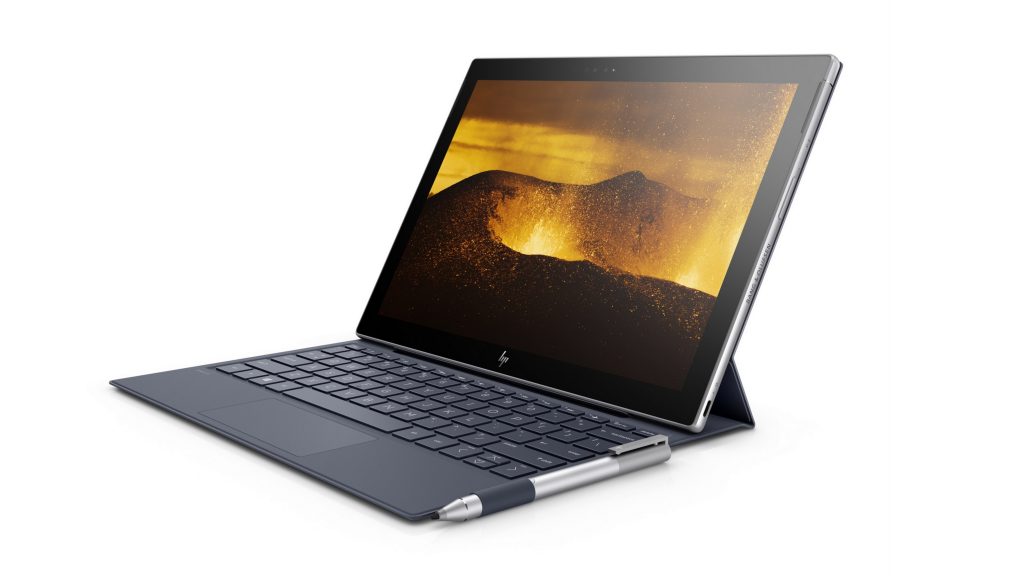
The new HP ENVY x2 is purpose-built for an always-on, always ready to work experience. The thin, light and durable device offers mobile flexibility to stay connected with an instant-on experience with optional 4G LTE and a brilliant touch display that supports Windows Ink.
3. Voice powers an increasing number of new PCs and devices
We built Windows 10 to be the most advanced platform for the most natural of input methods, including voice. From Windows Hello facial recognition to voice input with Cortana, AI is deeply incorporated into Windows 10 to make your experience more personal and more secure.
Thanks to far-field microphones arriving in more than a dozen new Windows 10 PCs, you can ask Cortana on your PC to check the score of the game, the weather, or hear the news. New devices from Dell and ASUS recently announced are great examples of what’s possible with this far-field capability and we will continue to see this number grow. We’ve seen Cortana expand to the Harmon Kardon Invoke voice-activated speaker, and we’re looking forward to more from HP, who will unveil a new device featuring Cortana, combining connectivity and voice activation in a beautiful, compact, and stylish design later this year.
Not only have we invested in deeply integrating Cortana for these advanced experiences, Windows also provides the most robust platform for our partners to offer additional voice capabilities.
This week, device makers including Acer, ASUS, HP, and Lenovo announced that Amazon Alexa will be available on some of their Windows 10 PCs in 2018 through an app. It’s great to see Amazon building an Alexa app for Windows 10 ahead of other platforms that leverage the far-field technology our hardware partners are building into their devices.
Finally, partners like Johnson Controls and Kohler have unveiled new smart home devices powered by the Windows and Azure platforms:
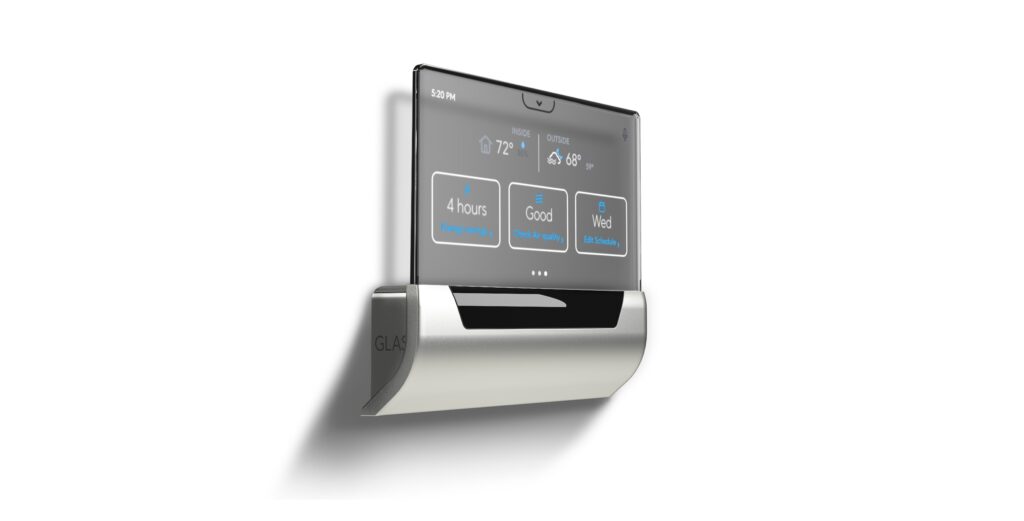
- Johnson Controls announced the first in-home voice-controlled thermostat, using Cortana and powered by Windows 10 IoT and Azure IoT.
- Kohler selected Azure IoT as its cloud platform to power its new line of connected products, KOHLER Konnect. KOHLER Konnect allows personalized bath and kitchen experiences that automate everyday tasks.
4. Mixed reality gains momentum
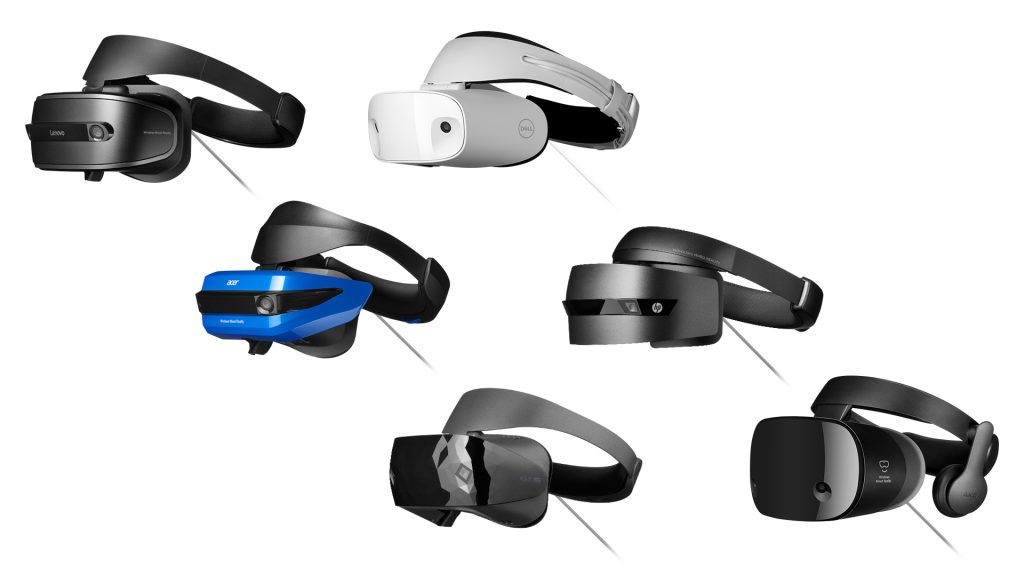
Last year, we welcomed the launch of Windows Mixed Reality headsets from our partners Acer, Dell, HP, Lenovo, and Samsung, and unveiled highly immersive VR experiences, highlighted by many of the most popular VR games and experiences, including more than 2,000 titles from the Steam®VR library.
This week at CES, ASUS announced that their Windows Mixed Reality headset will be coming to customers in North America in the first quarter of this year.
When we unveiled Microsoft HoloLens, we knew mixed reality had the potential to change the world. Today, we’re inspired by industry leaders like Ford, thyssenkrupp, and Case Western Reserve University who are reimagining the possibilities of product design, remote assistance, and healthcare with HoloLens and mixed reality. With HoloLens now available in 39 markets and more on the way, we can’t wait to see what our partners will do in the coming year.
5. Gaming PCs that deliver more immersive and social experiences
PC gaming is booming, driven by innovation in VR, the incredible popularity of multiplayer games like PlayerUnknown’s Battlegrounds (PUBG), the excitement of esports, and game streaming services like Mixer. We continue to see PC gaming innovation from partners such as Dell, HP, NVIDIA, Lenovo, msi, iBUYPOWER, and Corsair.
This week, ASUS unveiled the ASUS Republic of Gamers (ROG) G703, a gaming laptop with an ultra-responsive 17.3-inch IPS-level display with NVIDIA G-SYNC technology that can reach refresh rates of 144Hz. It’s Mixed Reality Ultra Badged which means it’s powerful enough to run Windows Mixed Reality experiences when combined with a compatible headset and includes support for up to eight Xbox One controllers, eliminating the need for multiple adapters.
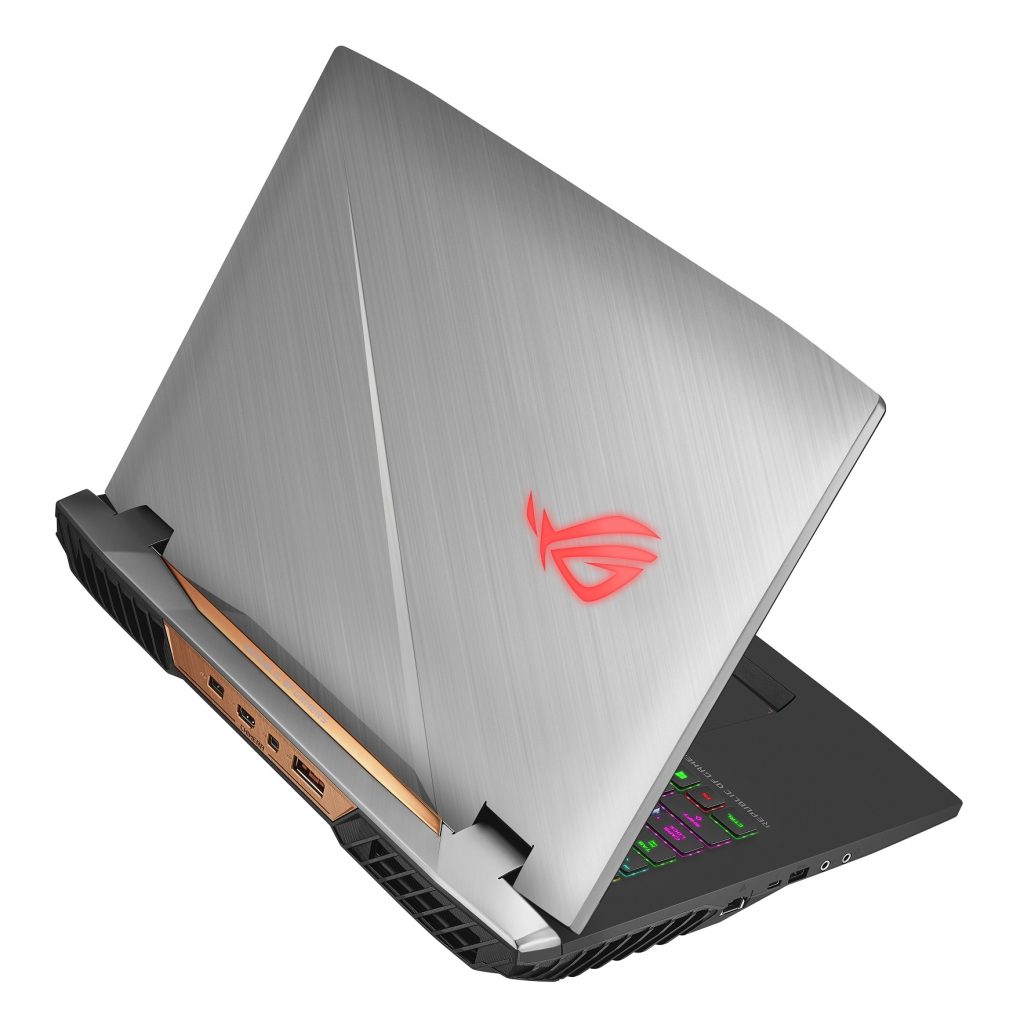
Continuing to push gaming display technology boundaries, NVIDIA just announced Big Format Gaming Displays, along with supporting hardware partners Acer, ASUS, and HP. BFGDs are high-end, 65-inch, 4K, 120Hz HDR displays – complete with NVIDIA’s G-Sync technology and integrated NVIDIA SHIELD set-top streaming box – that they are calling ‘buttery-smooth’ for gaming.
With all this innovation, it’s no surprise that gaming on Windows 10 PCs has increased 500 percent in the last year, with nearly 200 million monthly active users gaming on Windows 10 devices.
This is just the beginning
We are just scratching the surface of what’s possible—and what’s to come in the Windows device ecosystem. With the relentless pursuit of new categories and new experiences on modern devices, innovation and ecosystem collaboration doesn’t stop at CES.
For us, this is just the beginning.
Terry
-
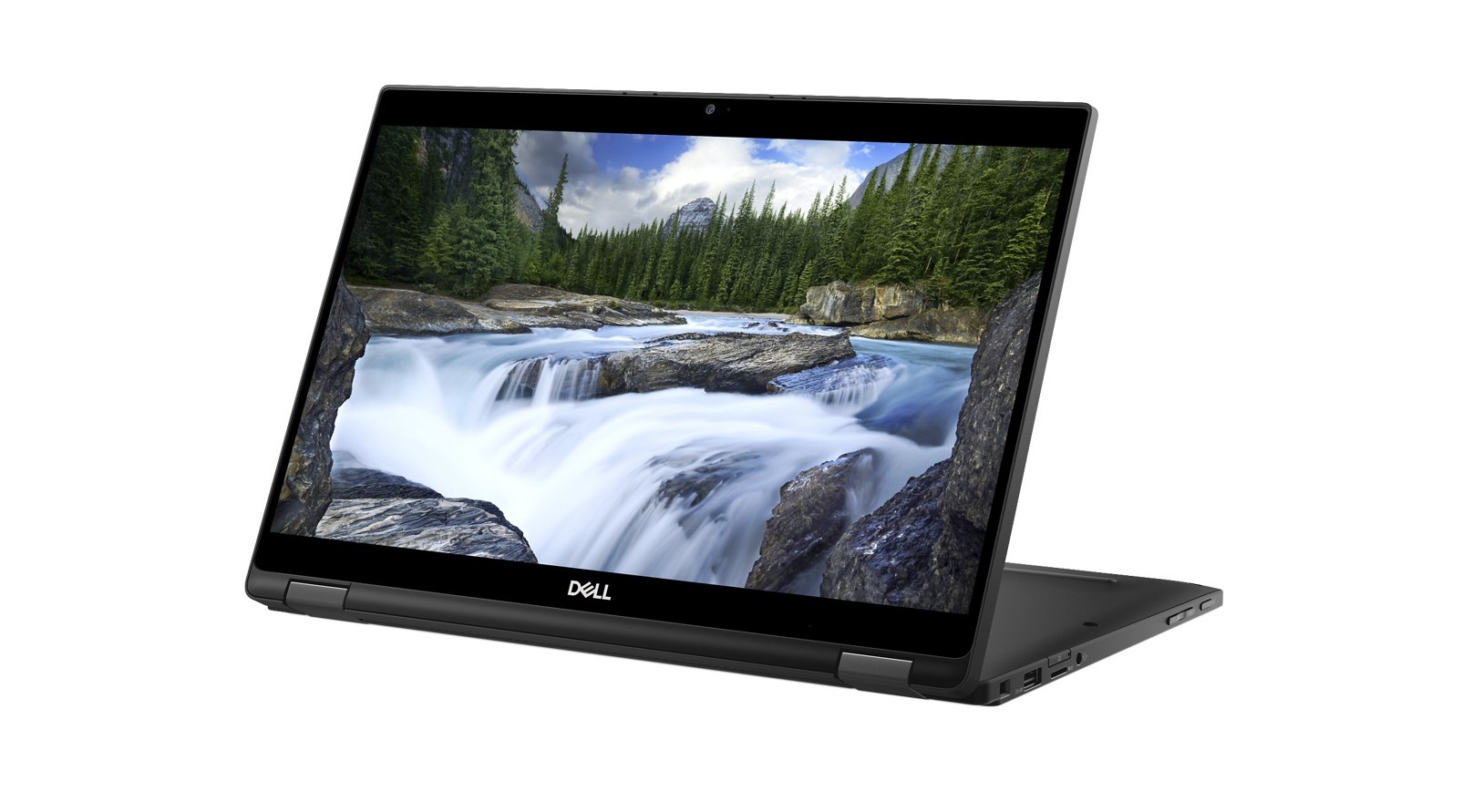 January 9, 2018
January 9, 2018CES 2018: Dell announces XPS 15 2-in-1, Inspiron gaming desktop, monitors and more
PC -
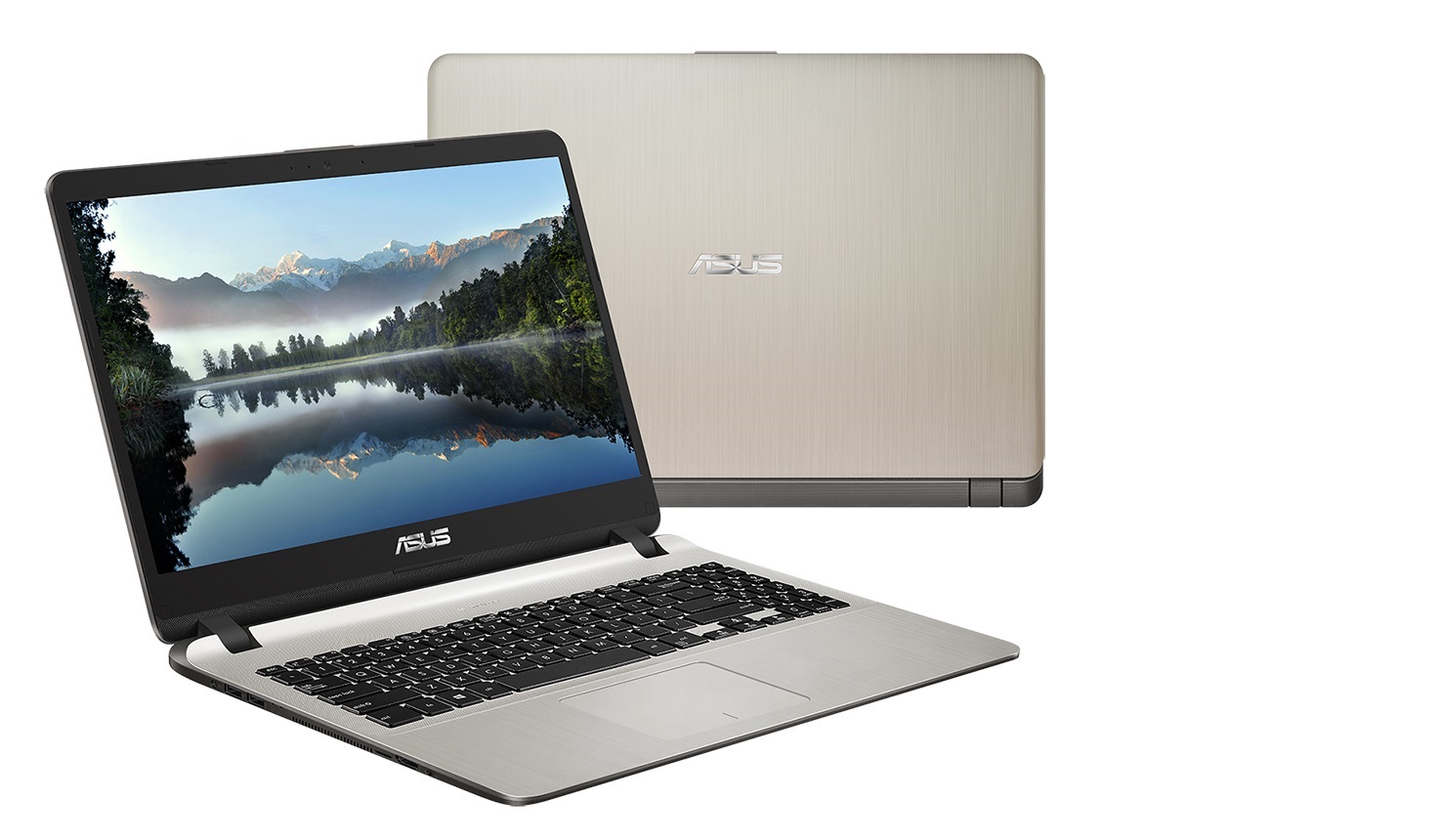 January 9, 2018
January 9, 2018CES 2018: ASUS announces new laptops, all-in-one PCs and a gaming laptop powered by Windows 10
PC -
 January 10, 2018
January 10, 2018CES 2018: Lenovo unveils Always Connected Miix 630 detachable, ThinkPad X1 Series, Lenovo Tablet 10 and more
PC -
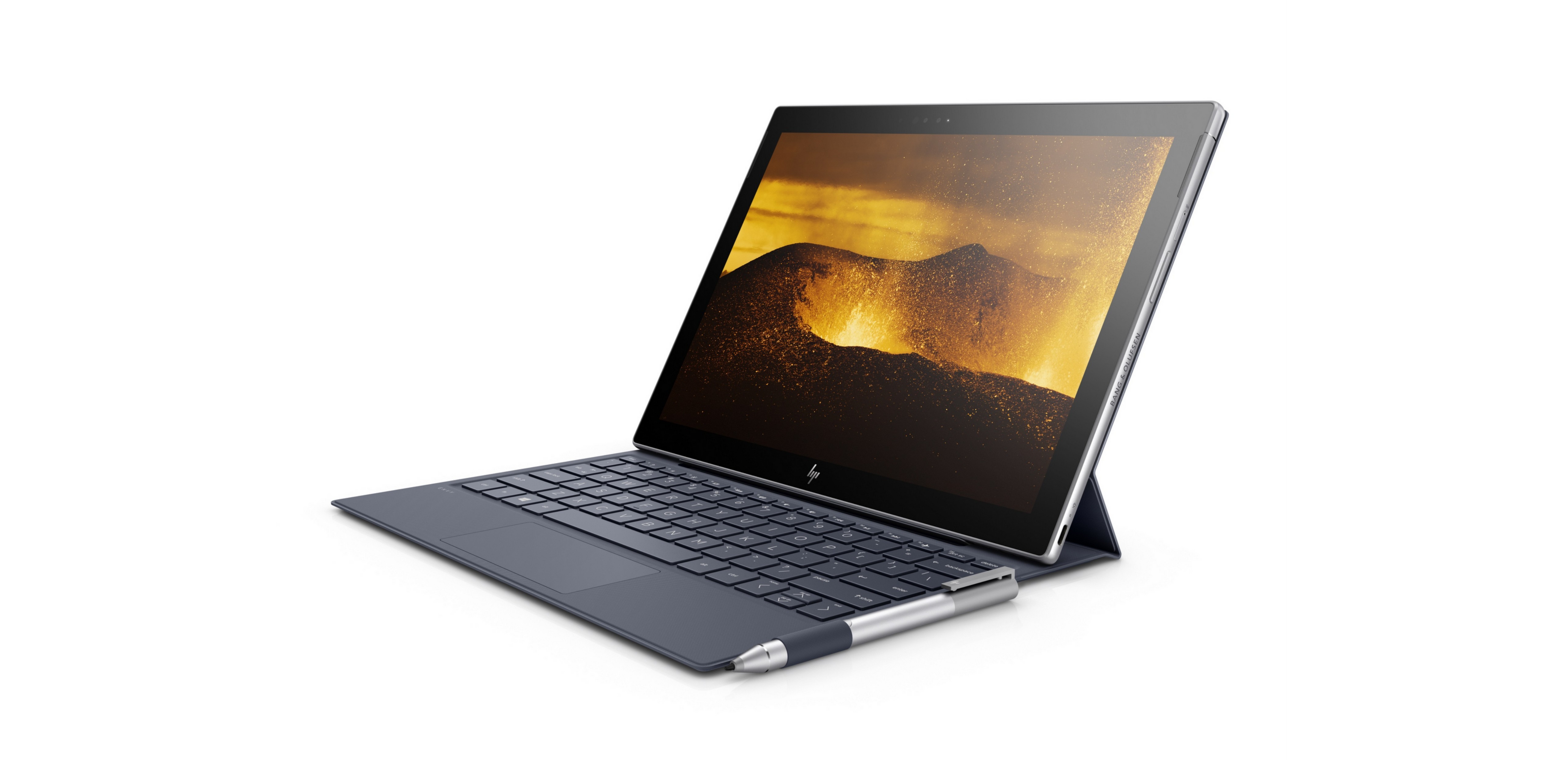 January 8, 2018
January 8, 2018CES 2018: HP announces the HP ENVY x2, HP Spectre x360 15, HP Z 3D Camera, and more
PC -
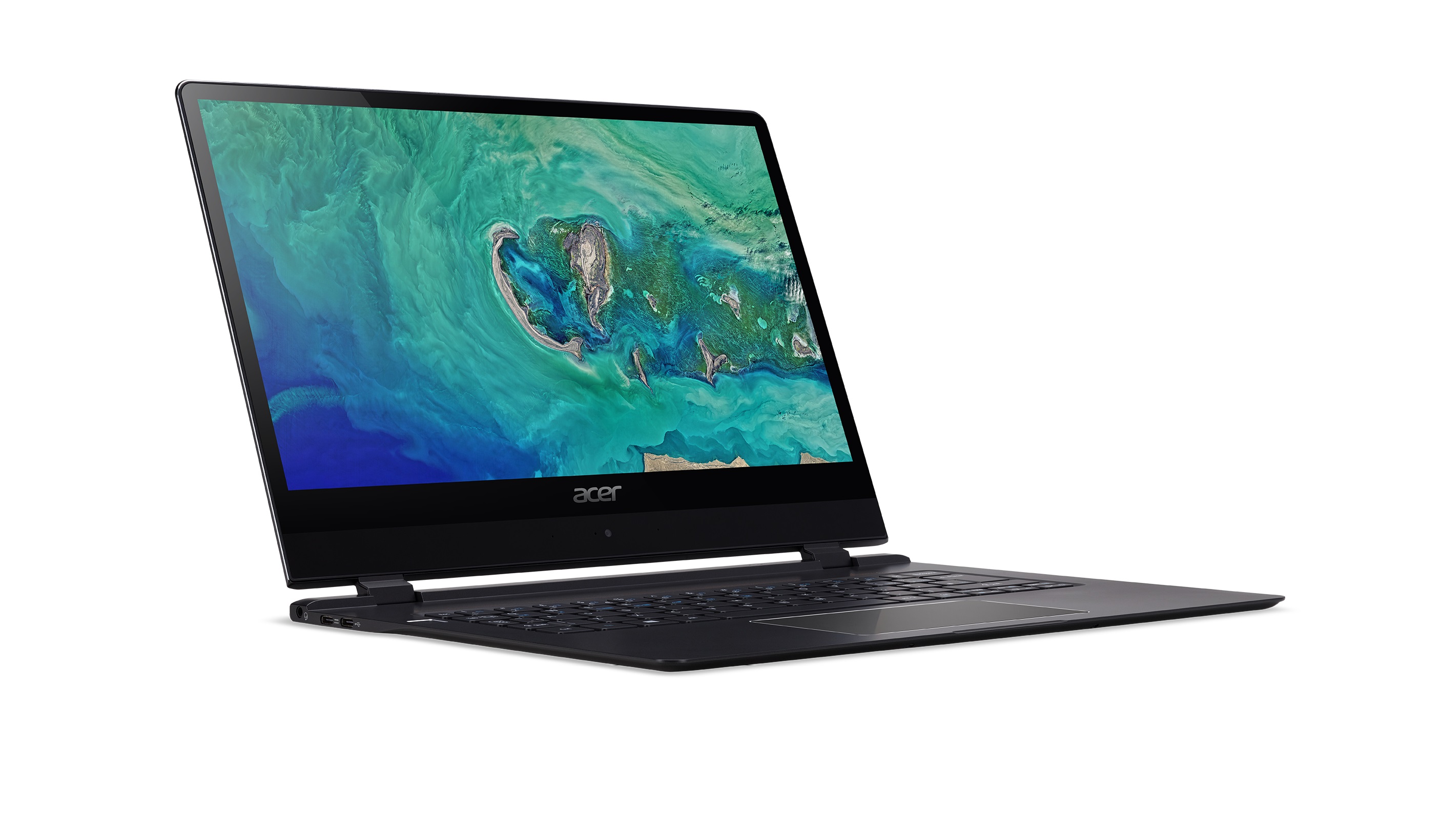 January 8, 2018
January 8, 2018CES 2018: Acer unveils new Swift 7, Nitro 5 Gaming laptop and more
PC -
 January 5, 2018
January 5, 2018CES 2018: Samsung shows the new Notebook 7 Spin, Notebook 9 and Notebook 9 Pen powered by Windows 10
PC

